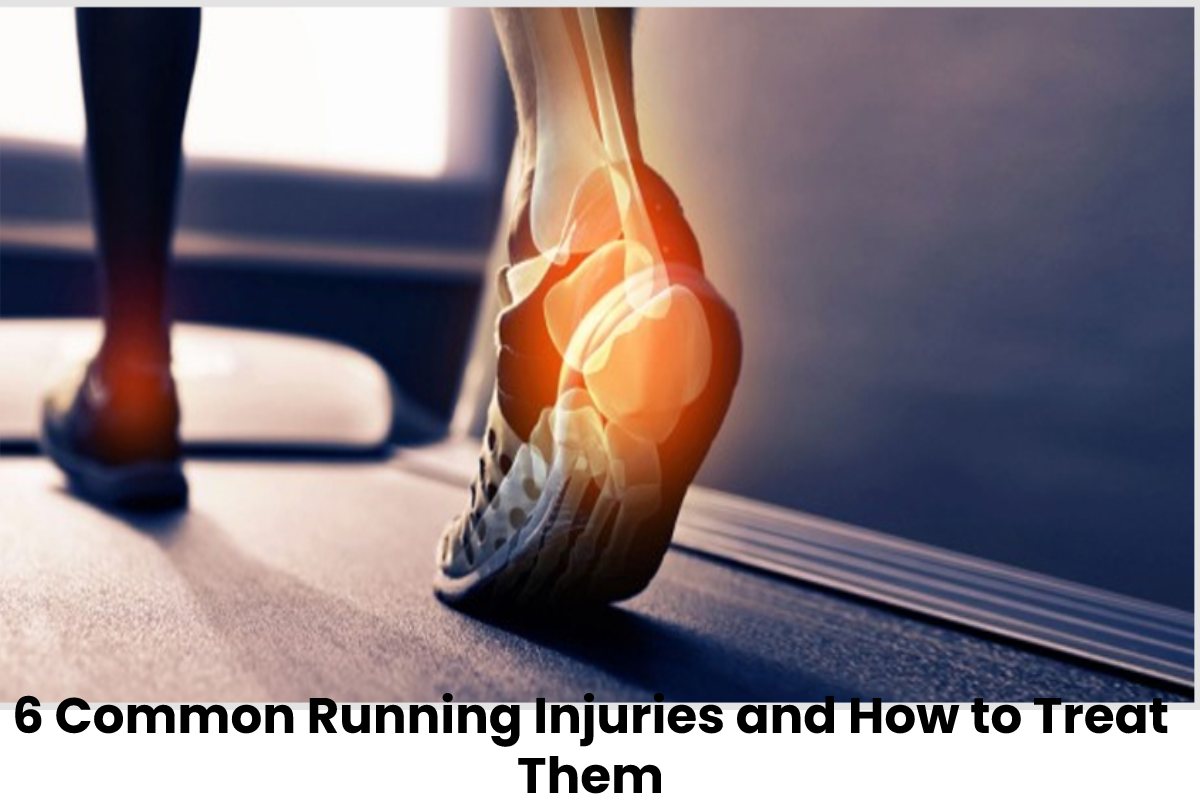
6 Common Running Injuries and How to Treat Them
6 Common Running Injuries and How to Treat Them, Running is a great form of exercise. But it can also lead to some injuries if you’re not careful.
Overtraining, bad running form, and the wrong shoes can all cause you to get hurt. In worst-case scenarios, a car could hit you, leaving you seriously injured and needing to consult an experienced auto injury lawyer.
But more often than not, running injuries are minor, especially if you treat them fast. So here are the most common running injuries and how to treat them:
Table of Contents
1. Stress Fracture
A stress fracture is a hairline crack in the bone caused by repetitive stress or impact on the feet or shins. Usually, it means you’ve been running too hard.
Symptoms include swelling pain (even when you’re resting) that worsens over time.
If you think you have a stress fracture, it’s best to see a doctor. They can do an X-ray to see how bad it is and give you crutches or a cast if necessary. Healing from a stress fracture generally takes 6 to 8 weeks of rest.
2. Shin Splint
A shin splint refers to pain at the front or inside of your shin. It often occurs after changing your run volume too quickly. It’s also more common among those with flat feet.
Fortunately, shin splints aren’t that serious and usually go away with some rest. Other treatments include stretching and cutting back on how much you run before slowly increasing to normal levels.
3. Ankle sprain
An ankle sprain refers to the ligaments between your ankle and leg being overstretched. It typically occurs after accidentally twisting or rolling your ankle inward.
Besides pain, symptoms include the ankle becoming discolored, swollen, and immobile.
It’s best to treat a sprained ankle with rest, ice, compression, and elevation. It could take weeks or even months for it to heal fully.
4. Blisters
Blisters are serum-filled sacks on the surface of your skin. They’re caused by too much friction between your foot and your socks/shoes.
Most of the time, blisters form after long runs or after breaking in new shoes. You can prevent them by breaking in shoes gradually, wearing double-layer socks, and applying petroleum jelly to the areas on your foot that are prone to blisters.
Once you have a blister, you can wait 3 to 7 days for it to heal on its own, or you can swab it with iodine, pop it along the edge with a clean sharp needle, and put a bandage over it.
5. Achilles tendinitis
Achilles tendinitis is inflammation of the tendon that connects your calf muscle to your heel. It often occurs after increasing the mileage or intensity of your runs too quickly. Symptoms include pain when your heel touches the ground, swelling of your Achilles tendon, and a warm feeling above the tendon.
You can help prevent Achilles tendinitis by stretching your calves regularly. To treat it, you should rest, stretch, and ice the affected area. Seeking guidance from a specialist, like a chiropractor in Ponte Vedra Beach, FL, can help address alignment issues that may contribute to tendon stress.
6. Runner’s knee
Runner’s knee refers to pain around your kneecap. It often occurs from overuse, but sometimes it means your kneecap is out of alignment.
You might feel pain from runner’s knee going up and down the stairs, squatting, or sitting with bent knees for too long.
If you suspect you have runner’s knee, it’s best to see a doctor to get a proper diagnosis and treatment plan. A physical therapist can also help you know how to treat it.
Final thoughts
When it comes to running, it’s important to listen to your body. Soreness after a good run is normal, but don’t ignore any chronic pains. Get them checked out sooner than later.
The injuries listed above are common among those starting to run for the first time. But if you always warm up and stretch before each run and treat injuries as soon as possible, you’ll have a long and healthy running career!



